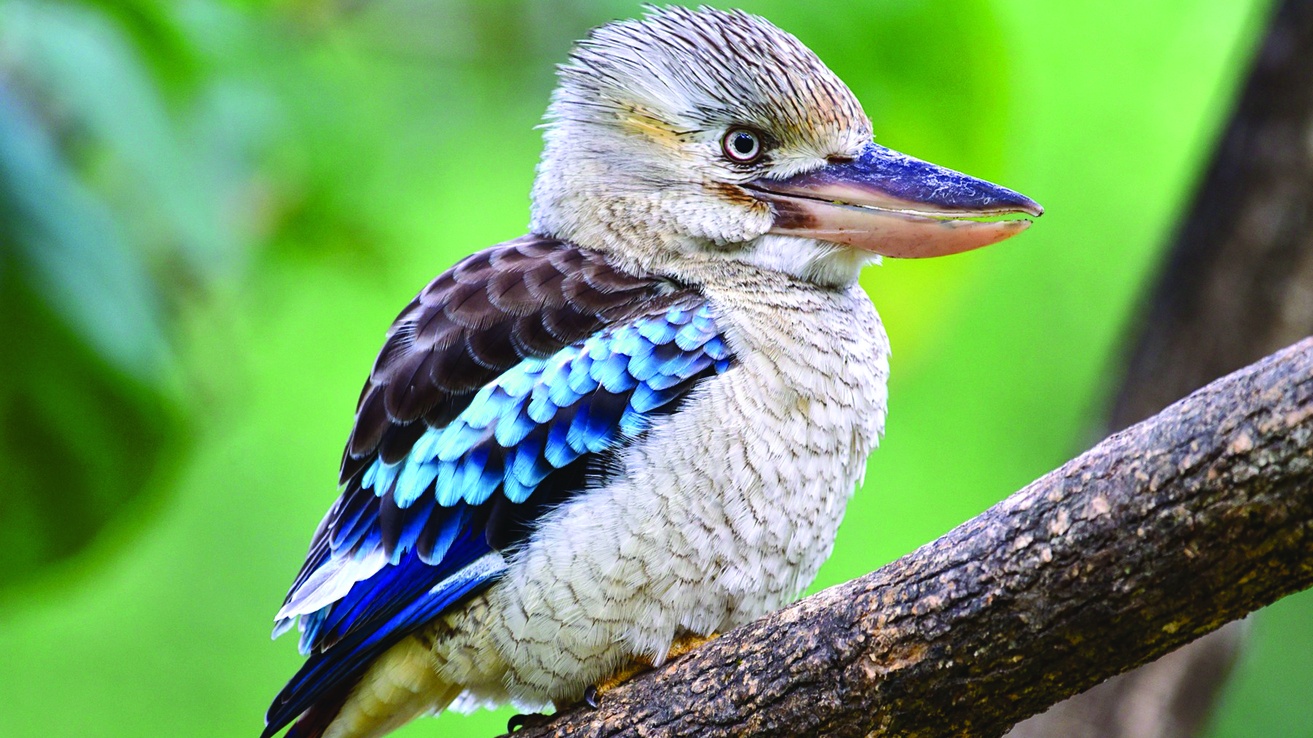
Crocadu: Kakadu is rich in wildlife and aboriginal cultural history

A crocodile thrashing out of the water to strike its prey is just one of the countless awe-inspiring sights to behold at Kakadu. The huge national park in Australia’s Northern Territory has earned World Heritage status for its amazing natural beauty and a rich Aboriginal cultural history stretching over 50,000 years. There are some of the oldest-known rock paintings in the world, wildlife spotting opportunities galore, fantastic hiking and bushwalking, and superb boat cruises across luscious wetlands as the area protects an entire tropical river system. A crocodile thrashing out of the water to strike its prey is just one of the countless awe-inspiring sights to behold at Kakadu. The huge national park in Australia’s Northern Territory has earned World Heritage status for its amazing natural beauty and a rich Aboriginal cultural history stretching over 50,000 years. There are some of the oldest-known rock paintings in the world, wildlife spotting opportunities galore, fantastic hiking and bushwalking, and superb boat cruises across luscious wetlands as the area protects an entire tropical river system.

The largest national park in Australia, Kakadu lies 150 miles east of Darwin, covers 20,000 sq. km, and is a mosaic of habitats teeming with plants and animals, red 500-foot escarpment cliffs, hidden swimming holes and magnificent views. The best time to visit is the dry season, which runs from May to October. Although some areas are closed due to flooding in the tropical summer, many fantastic sites like Burrungkuy (Nourlangie Rock), Ubirr and the Ngurrungurrudjba (Yellow Water) wetlands can still be accessed wet or dry. Some seasoned visitors suggest Kakadu is at its best during the wet season when the waters are flowing in all their glory and the wetlands are lush and vibrant. A compromise could be to go just at the start of the dry season to get the best of both worlds.

A 10-year master plan to grow culturally appropriate tourism is in full swing and was developed in consultation with Kakadu’s traditional owners, the Bininj/Mungguy people. This has reaped dividends already, including last year’s upgrade of the Cahills Crossing viewing area – one of the best places for crocodile spotting. Here, fearsome beasts reaching up to six metres in length, whose muscular tails can propel their body out of the water for a lunge of deadly effect, are seen in the greatest numbers towards the end of the dry season (August to November).

A must-do for any visit to Kakadu is a sunrise-to-sunset cruise run by the indigenous-owned Yellow Water Cruises that follow the landscape of the Yellow Water Billabong and tributaries of the South Alligator River. A truly majestic experience, this drift across the lotus-covered floodplains provides one of the best bird-watching environments anywhere in the world. There are 300 different species, including blue-winged kookaburras, magpie geese, jabirus, parrots and many others. Catching a glimpse of crocodiles and buffalo on the floodplains is also common.

The park has also gained a global reputation for its concentration of rock art sites, with some paintings dating back 20,000 years. The large rock outcrops and caves of Nourlangie and Ubirr are the most famous, and evidence suggests they have sheltered local tribes for the past 6,000 years. Most of the rock-art styles found in Kakadu are evident on the northern side of Nourlangie Rock. Reflecting the Bininj/Mungguy bond with the land, there are paintings of hunting and fishing, of local animals and human figures, including Algaihgo, the fire woman, who was revered as one of the first people to have created the world.
Read the full interview in the April 2023 issue (pg: 138). Available on the Gafencu app on Android and Apple.







